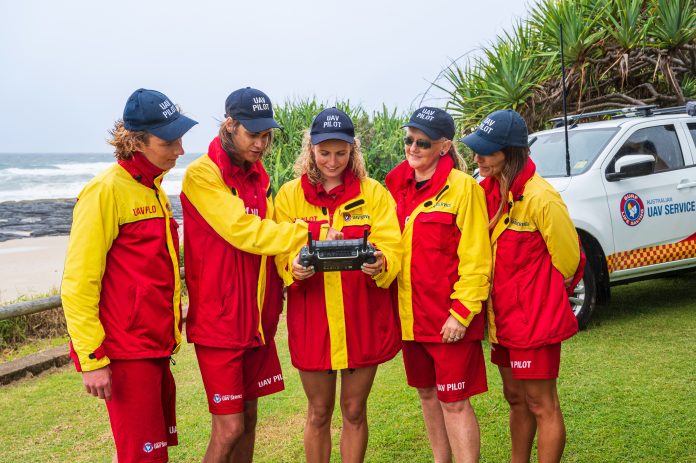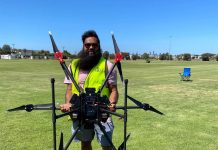Never work a day in your life.
For many of us, Oliver Heys has scored the job of a lifetime.
Picture this: soaring a Mavic 3 through the skies across Australia’s most picturesque seascapes, while ensuring safety for Australia’s beachgoers.
Daily, Oliver does just this.
Originally studying an accounting degree, Oliver shifted careers to become an uncrewed aerial vehicle (UAV) operations coordinator at Surf Life Saving New South Wales UAV Service.
‘Drone technology has progressed massively in the past 5 years,’ he says. ‘The biggest benefit is providing real-time situational awareness to life savers, helping keep the community safe but also our lifeguards.
‘A big part of my job is making sure our UAV operators are adhering to the standard operating procedures. We have over 250 casual staff and 300 volunteer operators across the state, with 30 sites in NSW that use drones in the school holidays to keep swimmers safe.
‘They can make more informed decisions based on hazards. We can potentially avoid them having to jump in the water when we might be able to use a drone.
‘We have around 300 drones in our fleet, from DJI Tellos to Mavic Minis and larger enterprise drones.’
The integration of UAVs has proved invaluable to many parts of the lifesaving community.
‘The police have a direct line if there is any maritime or search and rescue. So, that call could be at 9:30 at night, or 6 in the morning.’
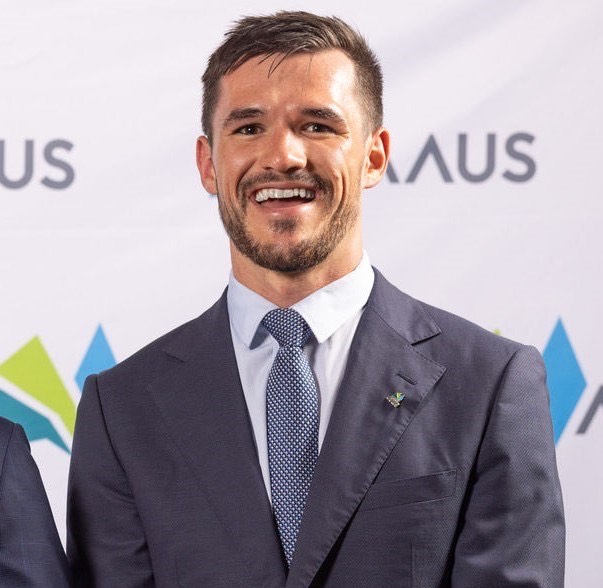
Unpopulated beaches make great drone flying spots for recreational drone flyers, but Oliver highlights the importance of maintaining situational awareness, even at empty beaches.
‘When a Surf Life Saving UAV operator is responding to an emergency and a recreational drone is operating in the area, it hinders the potential lifesaving operation,’ he says. ‘We encourage all drone operators to follow the rules and land their drone as quickly and safely as possible when emergency operations are underway in the area.’
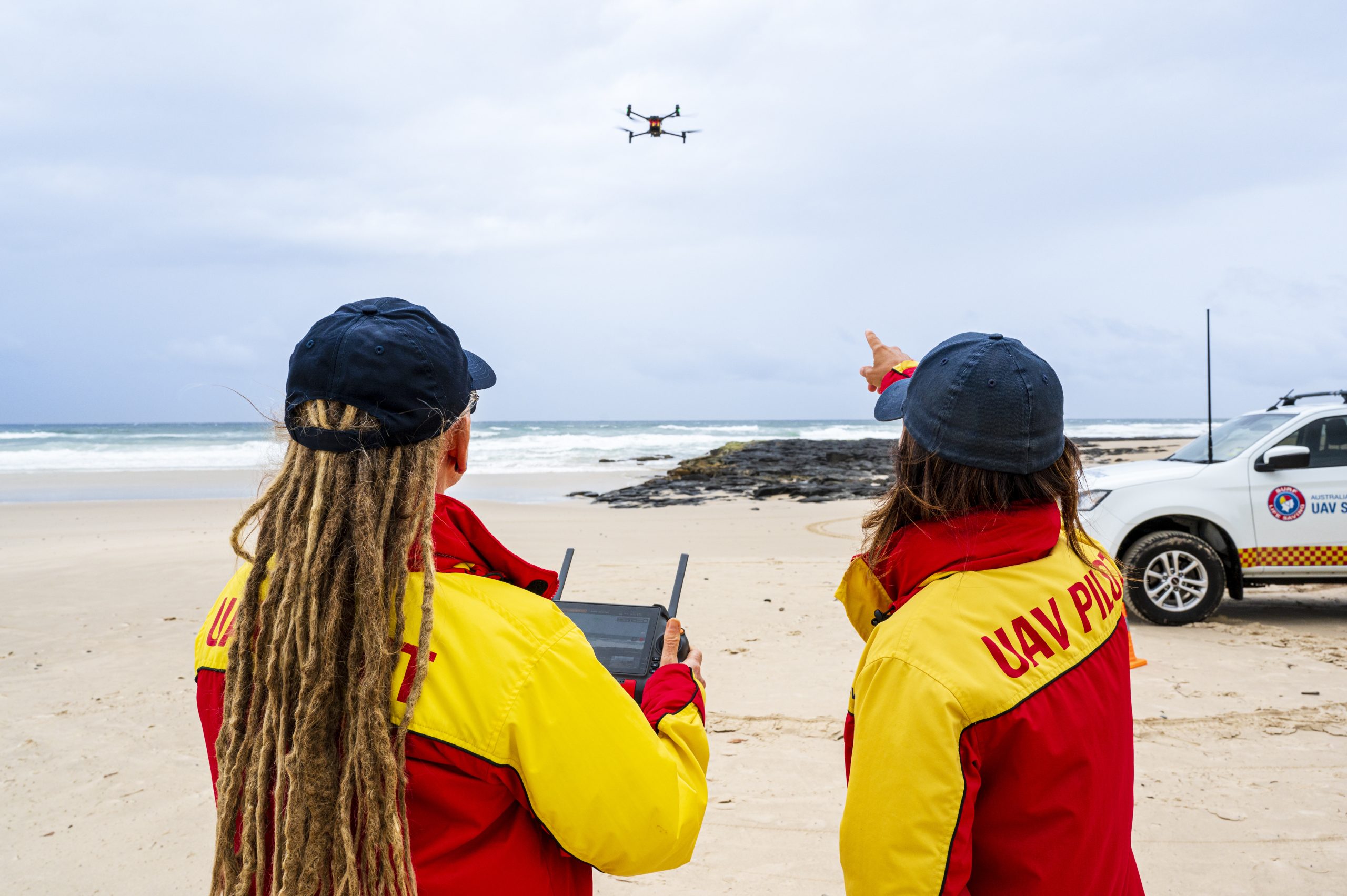
Oliver has also been instrumental in an increased focus in the rollout of a safety management system (SMS) and Just Aviation principles throughout Surf Life Saving Australian UAVS operations.
This is an ongoing focus, encouraging strong reporting, investigation and remedial processes, which seek to increase the safety and thoroughness of their operations.
Oliver explains, ‘Whether operating across the beach, inland bush for a search and rescue, or across a flooded area, safety is our number one priority and the SMS system supports this.
‘Surf Life Saving NSW use Aviation Compliance and Risk Management Software (AVCRM) for job risk and safety planning before taking off. AVCRM helps risk manage large fleets of aircraft and pilots across multiple locations, making flight planning easier and safer for our drone operators.
‘Prior to a flight, operators undertake a risk assessment and pre-flight checklists. This includes making sure there is a 30-metre exclusion zone around beachgoers, identifying situational hazards and consistent monitoring during flight. All our staff use airband radios to avoid any airspace conflicts.’
Surf Life Saving NSW as an organisation holds an Remotely piloted aircraft operator’s Certificate (ReOC), and anyone who wishes to fly a drone under their ReOC, requires a Remote pilot licence (RePL).
‘Our UAV pilots hold a Remote pilot licence issued by CASA and go through a two-day induction program, learning important drone safety and emergency operations skills.’
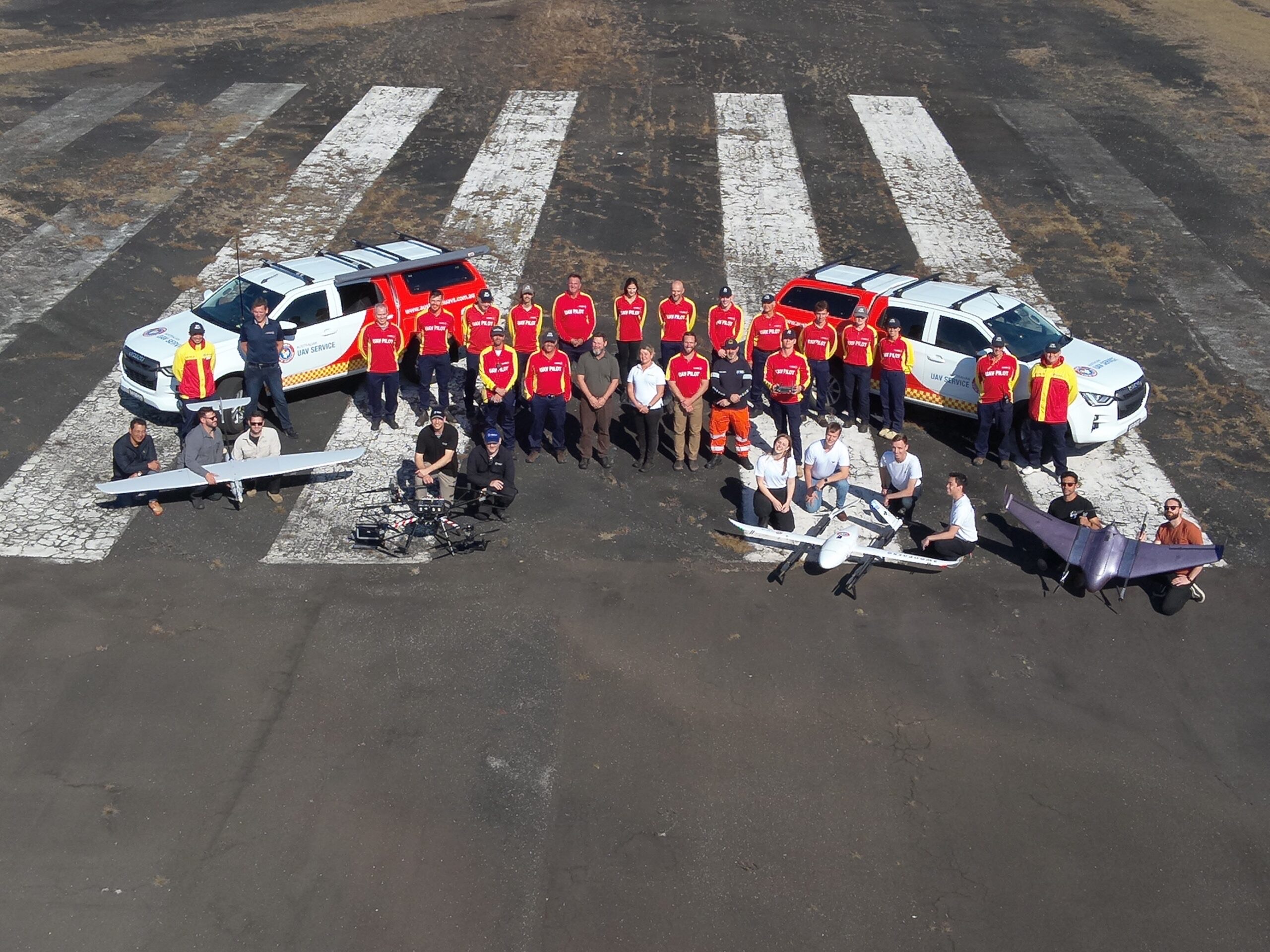
Oliver’s key drone safety rule is to always maintain visual-line-of-sight.
‘Always being able to see your drone is important. This helps you monitor other hazards like other aircraft as well,’ he says.
‘Ultimately, the way we view a drone is that it’s a tool in the toolbox. We aim to contribute to the overall safety on a beach and hopefully play a part in reducing drowning numbers.’
- Images supplied by Surf Life Saving NSW
- Know your drone

